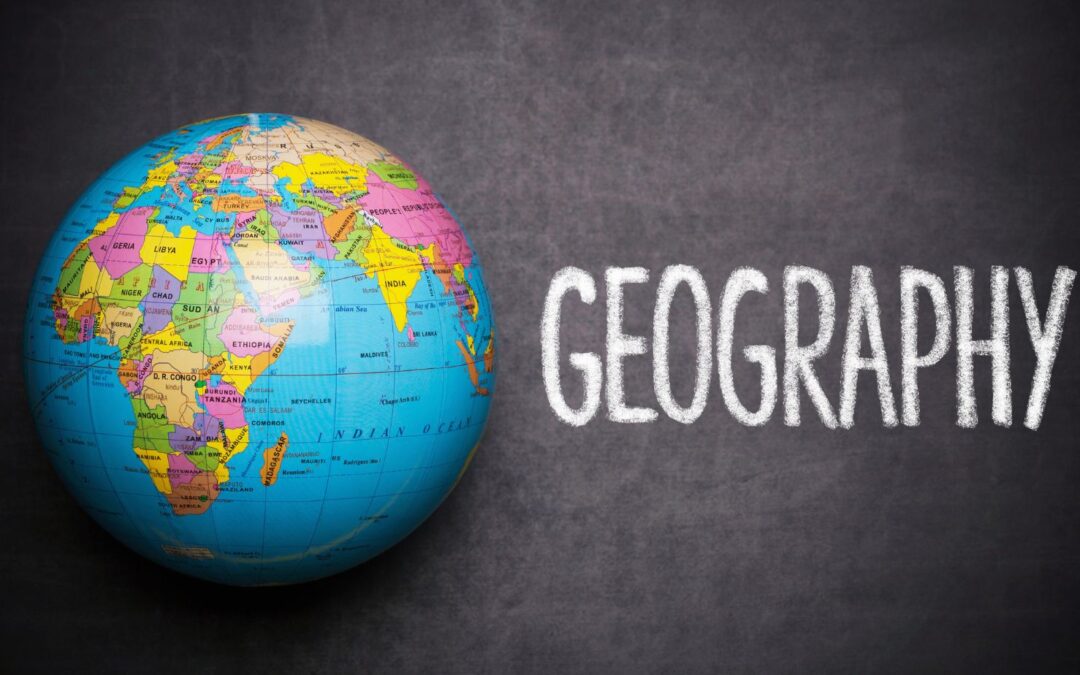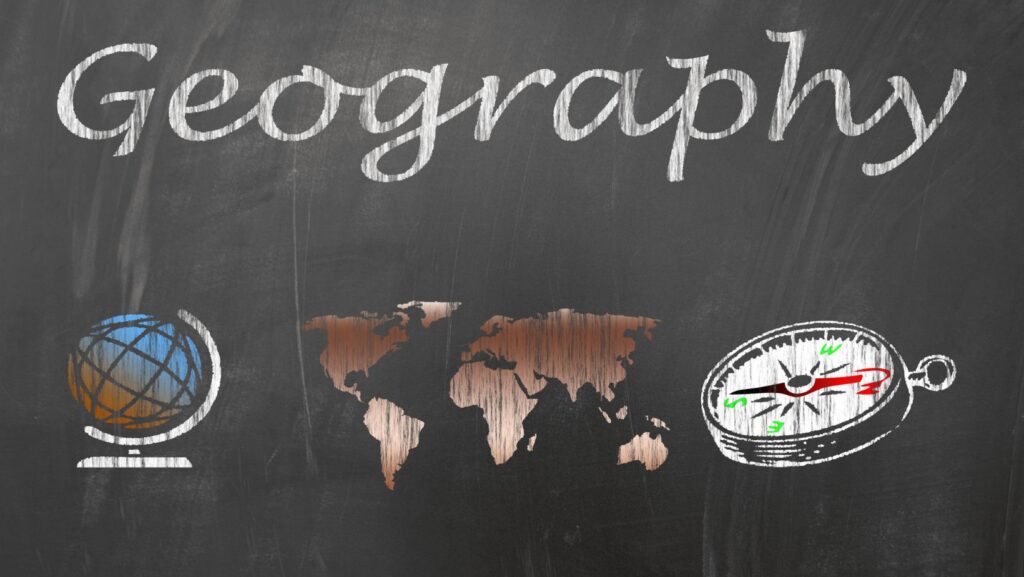Modify Definition Geography
When it comes to understanding the concept of modify definition in geography, there are a few key aspects to consider. In geography, modification refers to the process by which the natural environment is altered or changed due to human activities. This can include changes to landforms, ecosystems, and even climate patterns.
One important aspect of modify definition in geography is the recognition that modifications can have both positive and negative impacts on the environment. For example, while building infrastructure such as roads or dams may provide economic benefits and improve connectivity, they can also result in habitat destruction and disruption of natural processes.
Understanding how modifications occur and their implications is crucial for geographers and policymakers alike. By studying these changes, we can better comprehend the complex interactions between humans and their environment. Through careful analysis and planning, it is possible to mitigate negative impacts while maximizing positive outcomes.
Types of Modifications in Geography
Geography is a dynamic discipline that involves the study of Earth’s physical features and how they are influenced by various processes and phenomena. One fascinating aspect of geography is the concept of modifications, which refers to the alterations or changes that occur to natural landscapes over time. In this section, we’ll explore some common types of modifications in geography.
- Erosion: Erosion is a fundamental process that shapes our planet’s surface. It occurs when wind, water, ice, or other agents gradually wear away rocks and soil, reshaping landforms such as mountains, valleys, and coastlines. For instance, the Grand Canyon in Arizona was carved out by the erosive power of the Colorado River over millions of years.
- Deposition: While erosion involves the removal of material from one location, deposition refers to the accumulation or deposition of sediment in another area. This process plays a crucial role in creating new landforms like deltas, beaches, and sand dunes. The Mississippi River delta is an excellent example where sediments carried by the river have been deposited to form vast wetlands.
- Volcanic Activity: Volcanoes are geological wonders that can dramatically modify landscapes through their eruptions. Lava flows can reshape terrain by covering existing surfaces with solidified rock layers while also creating new landmasses such as volcanic islands or even expanding coastlines.
- Tectonic Movements: The movement of Earth’s tectonic plates can result in significant modifications to geographical features. When plates collide or separate along fault lines, mountain ranges may rise or rift valleys may form respectively. The Himalayas were formed due to the collision between the Indian and Eurasian plates.
- Human Intervention: Humans have an undeniable impact on modifying geographic environments through activities like urbanization and infrastructure development. Cities often lead to alterations in local climate patterns known as “urban heat island” effects while the construction of dams can change river flows and create reservoirs.
Reasons to Modify Definitions in Geography
When it comes to geography, the world is constantly evolving and changing. As our understanding of the planet deepens and new information becomes available, there are several compelling reasons why definitions in geography need to be modified. Let’s explore these reasons:
- Advancements in Technology: With advancements in technology, we now have access to more accurate and detailed data about our planet than ever before. Satellite imagery, remote sensing techniques, and Geographic Information Systems (GIS) allow us to gather precise information about landforms, climate patterns, and human activities.
- Environmental Changes: The environment is dynamic and subject to constant change. Natural processes such as erosion, deposition, tectonic activity, or climate shifts can significantly alter landscapes over time. For instance, coastal areas experiencing sea level rise may require redefining boundaries or updating classifications related to coastal zones.
- Political Boundaries: Politics play a crucial role in defining geographic boundaries. Shifts in political dynamics can lead to changes in borders or territorial claims between nations or regions.
- Cultural Perspectives: Geography encompasses not only physical features but also cultural landscapes shaped by human societies over time. Cultural perspectives influence how places are interpreted and defined based on historical significance or societal values attached to them.
- Evolving Concepts: Our understanding of geography itself is constantly evolving with new theories and concepts emerging over time. For example, notions like environmental sustainability or spatial inequality were relatively unknown decades ago but now shape our perception of geographic phenomena.
In conclusion, modifying definitions in geography is a necessary process driven by advancements in technology, environmental changes, political shifts, evolving cultural perspectives, and emerging concepts. By keeping our definitions up-to-date and reflective of the current state of the world, we ensure that geography remains a relevant and accurate discipline in understanding our planet.


